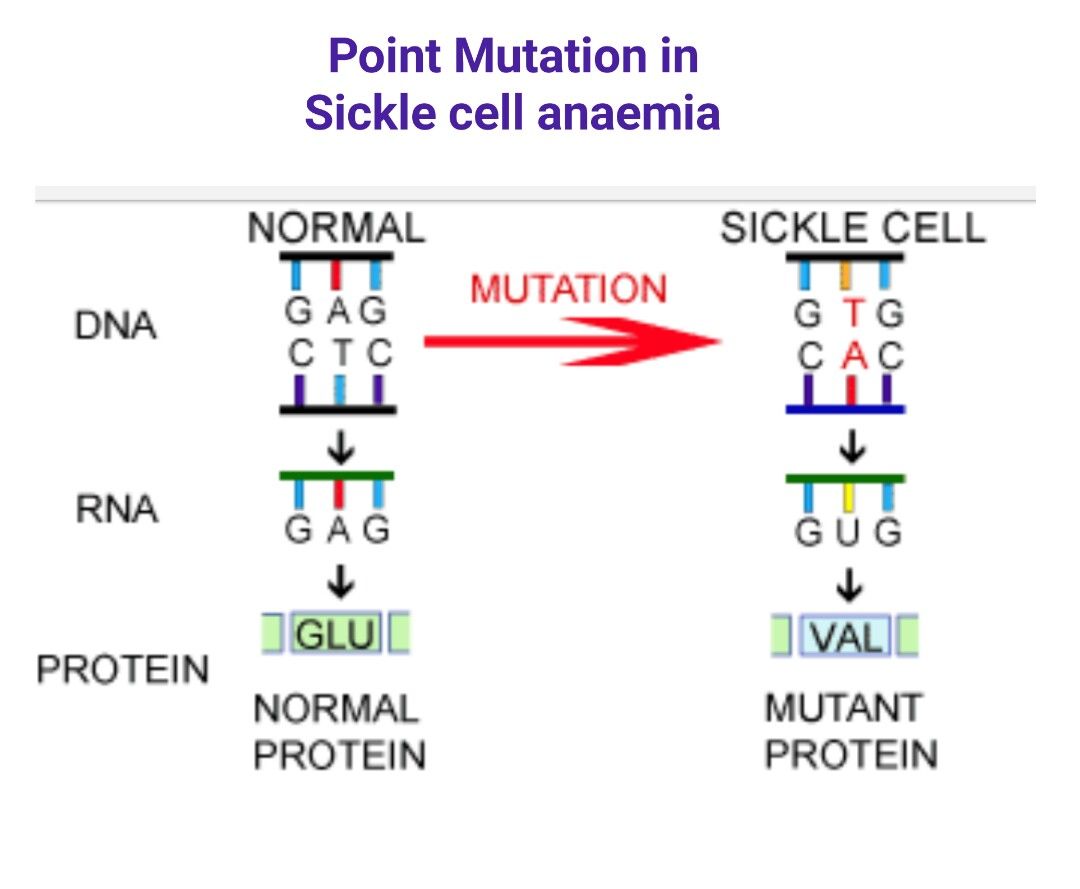Dominant and Recessive Traits
What are Dominant and Recessive?
Dominant and Recessive traits are very important terms in the genetic field. The terms dominant and recessive describe the inheritance patterns of specific traits. That is, they describe how probably it’s for a particular phenotype to pass from parent-offspring.
Sexually reproducing species, as well as individuals and different animals, have two copies of every genome. The two copies, referred to as alleles, are often slightly or completely different from one another. The fluctuation will cause variations within the protein that’s created, or they’ll create amendment in protein expression
The term dominant and recessive defines the inheritance of a certain trait. Including humans and animals sexually reproduction needs two copies of each gene. These two copies of genes called alleles maybe not an exact copy, can be slightly different from each other. The difference in alleles can be generating variation in the protein. These proteins can affect traits and may produce different phenotype (physical appearance).
When a trait with two different alleles, one allele may dominant its effect on another allele, and masks the effect of another allele. The allele which dominant its effect over another allele, called Dominant Allele. While the allele which cannot express its own effect and masked by a dominant allele, called Recessive Allele.
For example, one parent has allele of brown eyes, and another parent has the allele of black eyes. If offspring child has the allele of brown eyes, its mean that allele of brown eyes is dominant over the allele of black eyes, and allele of black eyes is recessive, because it masked by brown allele.
Dominant & Recessive Genes
Dominant and recessive inheritance are helpful ideas however it involves predicting the chance of an individual inheriting specific phenotypes, particularly genetic disorders. However, the terms are confusing when it involves understanding how a genome specifies a specific character.
The critical point to know is that there’s no universal mechanism by that dominant and recessive alleles act. Dominant alleles don’t physically “dominate” or “repress” recessive alleles. Whether an allelomorph is dominant or recessive depends on the particulars of the proteins they code for.
The terms may also be subjective, that adds to the confusion. Identical allelomorph may be thought of dominant or recessive, depending on however you investigate it. The sickle-cell allelomorph, explained below, maybe a good Dominant and Recessive example.
The Sickle-Cell Allele
Inheritance Patterns
Sickle-cell disease is a genetic condition that causes pain and injury to organs and muscles. Rather than having flat, spherical red blood cells, individuals with the Sickle-cell disease have stiff, curved cells. The long, pointy blood cells get caught in capillaries, wherever they block blood flow. Muscle and organ cells don’t get enough oxygen and nutrients, and that they begin to die.
The Sickle-cell disease contains a recessive pattern of inheritance: Normally, people with two copies of the sickle-cell allelomorph have the disease. Individuals with only one Allele copy are healthy.
Now let’s look again at the form of the blood cells. Individuals with two copies of the sickle-cell allelomorph have several sickled red blood cells. Individuals with two copies of the “normal” allelomorph have disc-shaped red blood cells. Individuals with one sickle-cell allelomorph and one normal allele have a small range of sickled cells, and their cells sickle more simply underneath specific conditions.

Dominant and Recessive Traits
Examples of Dominant and Recessive Gene

Comparison Chart:
Dominant vs Recessive
| Dominant Gene | Recessive Genes |
|---|---|
| Genes responsible for the expression of the dominant character | Genes responsible for the expression of the recessive character |
| Always express the dominant trait | Express the recessive trait |
| Produce the complete polypeptide | Produce an incomplete polypeptide |
| Mask the effect of the recessive genes | Unable to mast the effect of the dominant genes |
| Do not require the presence of a similar gene in the gene pair for the expression | Require the presence of a similar gene in the gene pair for their effect |
| Ex: Red color flowers in pea | Ex: White color flowers in pea |
| More likely to be inherited | Less likely to be inherited |
| More prone to produce diseases | Less prone to produce diseases |

